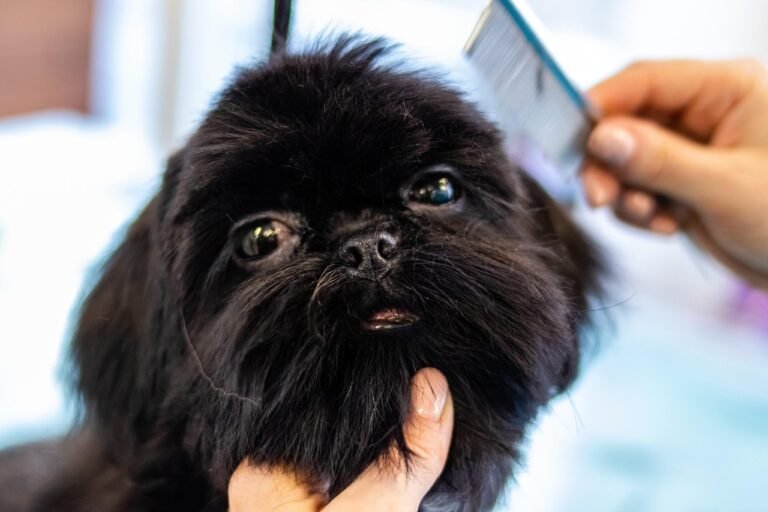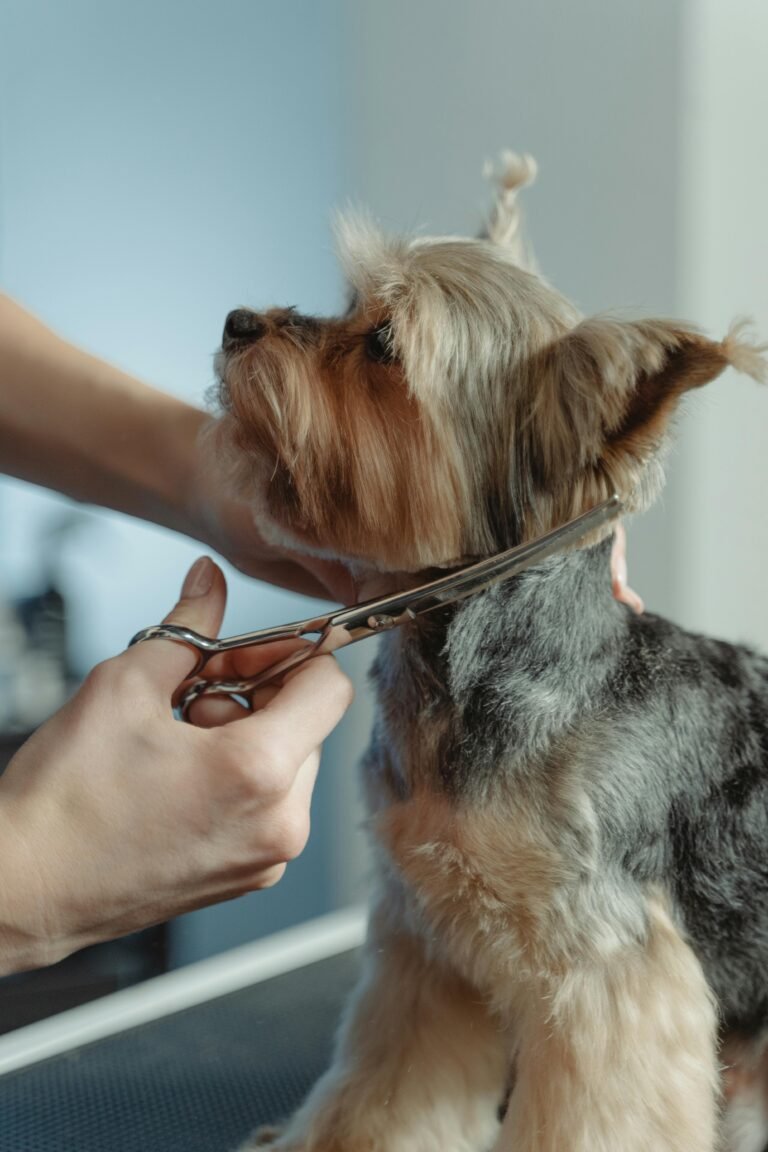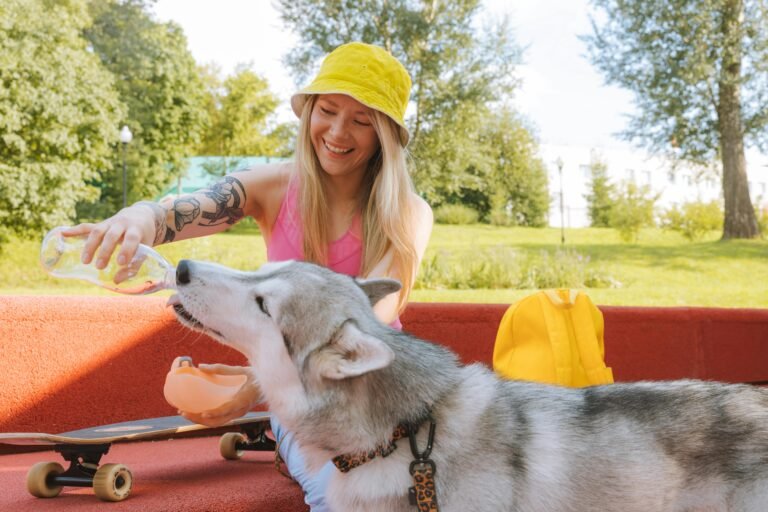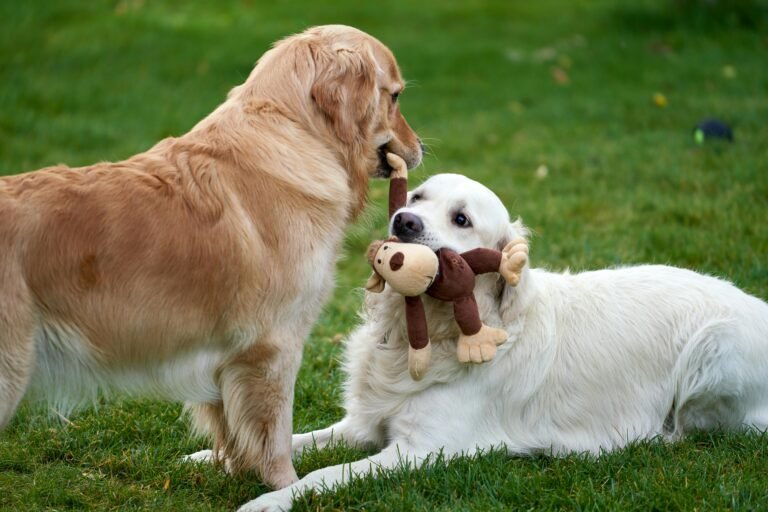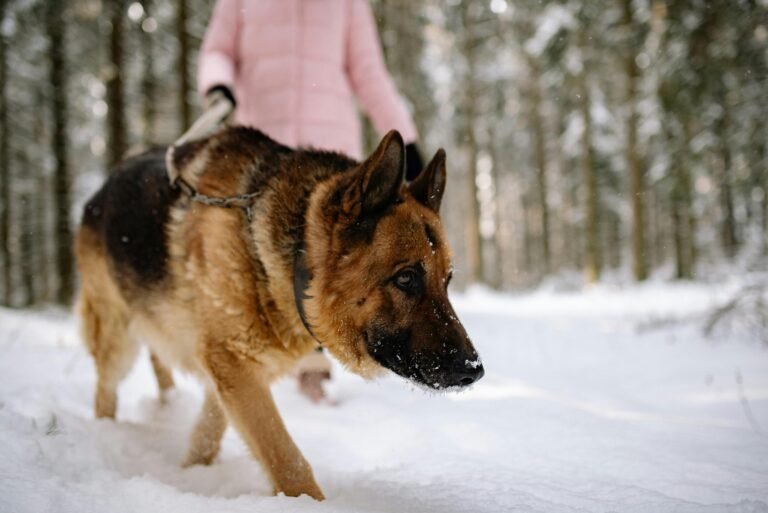Introduction
Bringing home a new puppy is an exciting milestone filled with cuddles, licks, and the promise of lifelong companionship. However, raising a puppy requires dedication, patience, and knowledge. Puppies are like sponges, absorbing everything around them as they learn how to interact with their environment and their human family. By providing proper care from day one, you set your puppy up for a lifetime of happiness and health. This guide covers the essentials of puppy care, from preparing your home and establishing routines to training, nutrition, and bonding.
Preparing for Your Puppy: Research & Supplies
Before your puppy sets paw in your home, ensure you’re well‑prepared.
- Research breeds: If you’re adopting or buying a specific breed, learn about its size, temperament, exercise needs, and common health issues to know what to expect as your puppy grows.
- Puppy‑proof your home: Remove hazards such as electrical cords, toxic plants, small objects that can be swallowed, and household chemicals. Block off stairs and unsafe areas.
- Gather supplies: Essentials include a crate or puppy pen, food and water bowls, puppy food, treats for training, toys, grooming tools, a collar with ID tags, a leash, cleaning supplies, and bedding.
- Plan a safe space: Designate a quiet area where your puppy can rest and feel secure. A crate or playpen provides a den‑like environment that helps with potty training and prevents accidents when you can’t supervise.
Feeding & Nutrition
Proper nutrition fuels growth and development.
- Choose high‑quality puppy food: Puppies need food formulated specifically for their age and size. Look for brands that meet AAFCO standards and feature meat as the primary ingredient.
- Feed on a schedule: Offer meals three to four times per day for young puppies. Consistent mealtimes support healthy digestion and make house training easier.
- Monitor portion sizes: Follow feeding guidelines on the package based on your puppy’s weight, but adjust portions as needed to maintain a healthy body condition. Ask your veterinarian for guidance.
- Provide fresh water: Ensure your puppy has constant access to clean water. Change the water multiple times a day and clean bowls regularly.
- Limit treats: Treats are useful for training but should make up no more than 10% of your puppy’s daily caloric intake. Use small, soft treats that are easy to chew.
Building a Routine
Puppies thrive on structure because it helps them feel secure and learn expectations.
- House training: Take your puppy outside frequently—first thing in the morning, after meals, after play sessions, and before bedtime. Praise and reward them when they eliminate outdoors. Consistent schedules help puppies learn where and when to go.
- Crate training: Introduce the crate positively. Feed meals inside and reward your puppy for entering voluntarily. Gradually increase the time they spend inside with the door closed. Never use the crate for punishment.
- Sleep schedule: Puppies need 18–20 hours of sleep a day. Provide a cozy, quiet place for naps and nighttime sleep. Avoid overstimulation, as tired puppies are more likely to chew or misbehave.
- Daily exercise: Short, frequent play sessions and age‑appropriate walks burn energy and stimulate your puppy’s mind. Avoid strenuous exercise that could damage growing joints.
Socialization & Training
Early socialization and basic training lay the foundation for a well‑mannered adult dog.
- Introduce new experiences: Expose your puppy to various people, animals, sounds, and environments during the critical socialization window (3‑14 weeks). Positive experiences build confidence.
- Enroll in puppy classes: Group classes provide controlled socialization and teach basic commands like sit, stay, and come. They also help puppies learn to focus despite distractions.
- Use positive reinforcement: Reward desired behaviors with treats, praise, and play. Ignore or redirect unwanted behaviors. Consistency and patience are key.
- Manage biting and chewing: Puppies explore with their mouths. Provide appropriate chew toys and gently redirect them when they bite hands or clothes. Avoid harsh corrections.
- Establish household rules: Decide early on whether your puppy will be allowed on furniture, where they will sleep, and which areas are off‑limits. Consistent rules prevent confusion.
Health & Veterinary Care
Regular veterinary care keeps your puppy on track for a healthy life.
- Schedule vaccinations: Puppies need a series of vaccines starting at 6–8 weeks of age to protect against parvovirus, distemper, hepatitis, and rabies. Follow your veterinarian’s recommended schedule.
- Deworming and parasite prevention: Puppies are prone to intestinal worms, fleas, and ticks. Use vet‑recommended preventives and bring stool samples for testing.
- Spay or neuter: Discuss the appropriate time to spay or neuter your puppy with your veterinarian. Sterilization can prevent unwanted litters and reduce the risk of certain cancers.
- Routine exams: Regular checkups allow your vet to monitor growth, assess dental health, and detect any issues early.
- Microchipping and ID: Microchipping provides permanent identification. Combine it with a collar and ID tags for extra security.
Grooming & Hygiene
Teaching your puppy to tolerate grooming early makes future care easier.
- Brushing: Brush your puppy’s coat several times a week to remove loose fur and prevent mats. Choose a brush appropriate for their coat type.
- Bathing: Puppies don’t need frequent baths; once a month or when they’re dirty is usually enough. Use a gentle, puppy‑safe shampoo and avoid getting water in their ears.
- Nail trimming: Trim nails every 2–3 weeks using clippers or a grinder. Introduce the tool slowly and reward your puppy’s calm behavior.
- Ear cleaning: Check ears weekly for redness, odor, or discharge. Clean with a vet‑approved ear cleanser and cotton balls—never insert anything deep into the ear canal.
- Dental care: Brush your puppy’s teeth with a pet toothpaste to prevent plaque buildup. Provide dental chews or toys to promote oral health.
Mental Stimulation & Play
Mental enrichment keeps curious puppies engaged and prevents boredom.
- Rotate toys: Offer a variety of toys—plush, rubber, puzzle, and chew toys—and rotate them to maintain interest.
- Food puzzles and interactive feeders: Stuff Kongs or use puzzle feeders to challenge your puppy’s mind while slowing down eating.
- Training games: Practice basic commands and short training sessions throughout the day. End sessions on a positive note.
- Scent games: Hide treats around a room and encourage your puppy to use their nose to find them.
- Playdates: Arrange supervised play with well‑behaved, vaccinated dogs. Monitor interactions to ensure they’re positive and safe.
Building a Lifelong Bond
A strong bond leads to a trusting, loving relationship.
- Spend quality time: Engage in play, training, and cuddling. Your puppy needs both physical affection and mental engagement.
- Communicate clearly: Use consistent cues and rewards. Learn to read your puppy’s body language to understand their needs.
- Be patient: Puppies make mistakes. Use setbacks as teaching moments rather than reasons for punishment.
- Celebrate milestones: Whether it’s learning a new trick or sleeping through the night, recognize your puppy’s progress and growth.
Conclusion
Raising a puppy is a joyful journey full of surprises and learning experiences. By preparing ahead of time, providing a balanced diet, establishing consistent routines, investing in training and socialization, maintaining regular vet care, and nurturing a loving bond, you can help your puppy grow into a happy, well‑adjusted adult dog. The effort you put into your puppy’s early months will pay off for years to come as you share adventures and companionship together.
